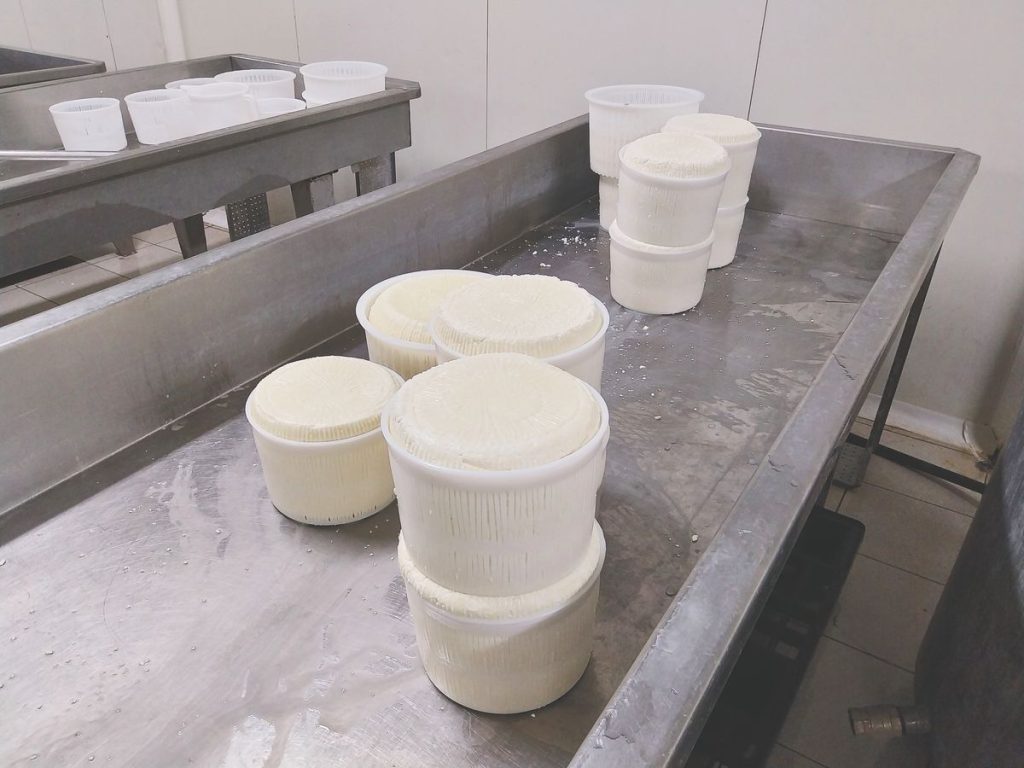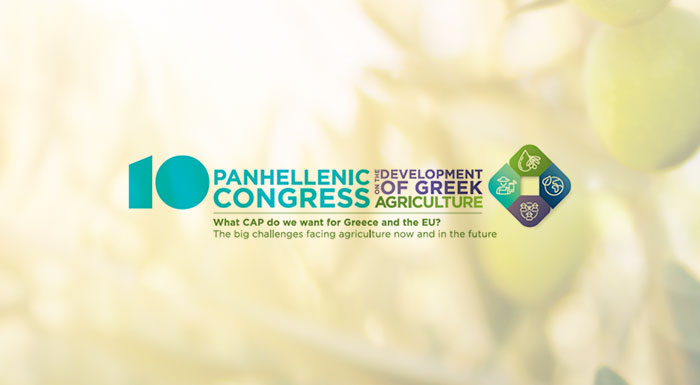Agricultural Cooperatives in The Netherlands

By Jos Bijman, Wageningen University
Cooperatives are key players in the agricultural sector of The Netherlands. Cooperatives are major suppliers of feed and other farm inputs, they are the main processors of farm products, they take care of most the sales of horticultural products, and they are the main supplier of agricultural credit. The average Dutch farmer is member of at least two cooperatives. In addition, the cooperative sector provides a substantial number of jobs, particularly in rural areas.
While the number of farmers has gradually declined over the last 50 years, agricultural output has remained stable. In 2015 only 60,000 farmers remained, while the total added value generated by agriculture and food processing and distribution continues to be 50 billion euro. Cooperatives take responsibility for a major share of this added value (Table 1).
Table 1. Key figures on agricultural cooperatives (2015)
| Number of Cooperatives | Market Share (%; 2010) |
Members (only in NL) | Employees (fte) | |
| Sugar | 2 | 100 | 11000 | 2200 |
| Dairy | 5 | 86 | 1600 | 21500 |
| Fruit & Vegetables | 15 | 95 | 2500 | 2600 |
| Mushrooms | 2 | >80 | 210 | 230 |
| Flowers | 2 | 95 | 4800 | 2900 |
| Pig breeding | 1 | 85 | 1750 | 500 |
| Cattle breeding | 1 | 85 | 25500 | 1300 |
| Animal feed | 13 | 55 | 30000 | 6200 |
Agricultural cooperatives exist since the enactment of cooperative law in 1876. The rise of industrial food processing together with the economic growth in the period 1890 to 1930 lead to a rapid increase in the number cooperatives. Farmers realized the benefits of jointly processing and marketing their products and jointly purchasing their inputs.
While originally every rural viliage had one or more cooperatives, farmers soon realized the benefits of merging small local cooperatives into larger regional cooperatives. The total number of cooperatives was around 2400 in 1900, but had reduced to about 200 in 2015. An even more striking decrease can be seen in the number of dairy cooperatives: from more than 750 in 1906 to only 5 in 2015. Those five dairy cooperative has a joint market share of 86% (Table 1).

The growth and sustainability of the cooperative model in Dutch agriculture can be attributed to a number key success factors. First, cooperatives fitted well with Dutch socio-cultural features like low power distance (i.e., no strong hierarchies) and long-term orientation (e.g., the willingness to invest for future benefits). The low power distance feature leads to strong member control, as Dutch farmers do not accept cooperative leaders to become “kings”. Second, the high insentity of agricultural production on a relatively small area facilitated the rise of strong cooperative businesses, operated by professional managers. The high geographical proximity of farms and multiple cooperatives lead to competition, transparancy and high member involvement.
A third success factor of Dutch agricultural cooperatives is their focus on one activity. Cooperatives are specialized in animal feed production, sugar beet processing, selling flowers, selling vegetables, processing milk or providing farm credit. While multi-purpose cooperatives are vulnerable to the problems of member heterogeneity, the single purpose character of Dutch cooperatives allowed for strategic focus as well as high member control. A fourth success factor is the enabling cooperative legislation.

Cooperative law in The Netherlands is rather flexible, with few rules on what cooperatives should do and how they should be structured.
This allows customized by-laws and provides for the ability to change the internal governance when external market conditions require adjustments.
These success factors have lead to the paradox of strong cooperatives but few cooperatives.
The strength of agricultural cooperatives can be measured by their joint market share, their extent of internationalization and their position in the value chain (e.g. holding strong consumer brands).
As indicated above, the number of cooperatives has rapidly declined to only a few large cooperative business.
Over the years the main arguments for mergers has changed from an emphasis on economies of scale in processing and marketing towards an emphasis on bargaining power. As supermarkets are the main sales channel for food products, and the concentration in the food retail is very high, cooperatives have few sales options. Thus, a strong bargaining power is needed when negotiating with supermarkets.
Another major change for cooperatives over the last 50 years has been the shift from bulk to high value added. While Dutch cooperatives have benefitted in the past from protected EU markets, since the 1990s they have shifted to high value added products by investing in innovation and product development as well as by imposing high quality requirements on their members. Together with implementing strict quality control, cooperatives are continuously enhancing their effort in supporting members in reaching the high quality standards.





